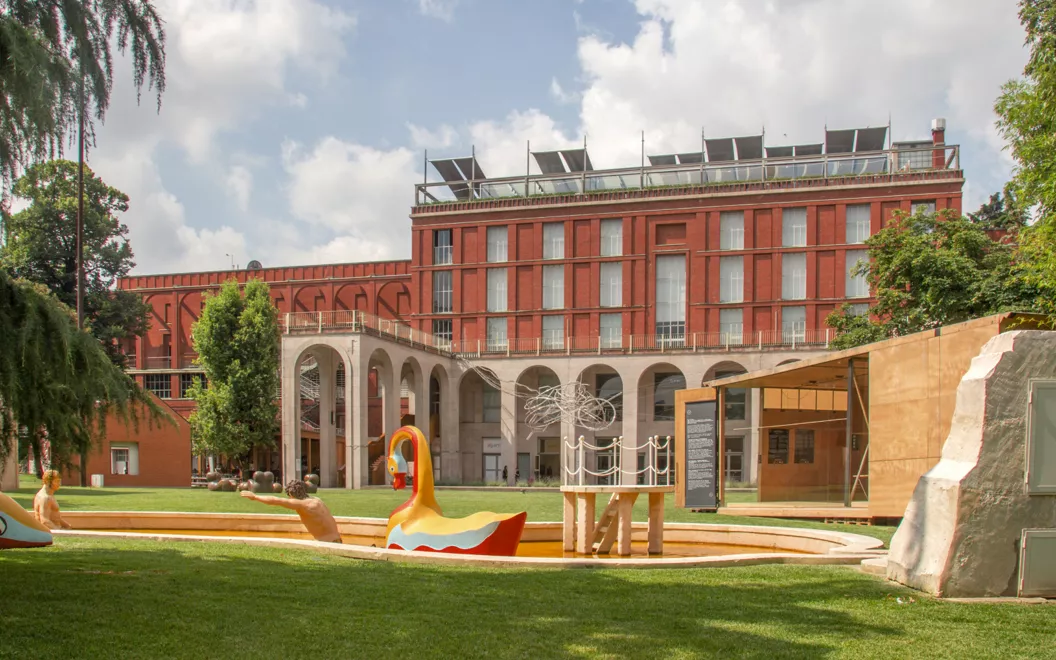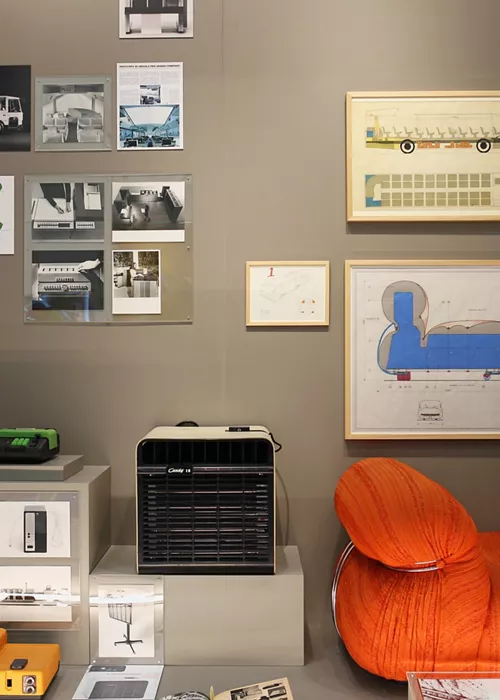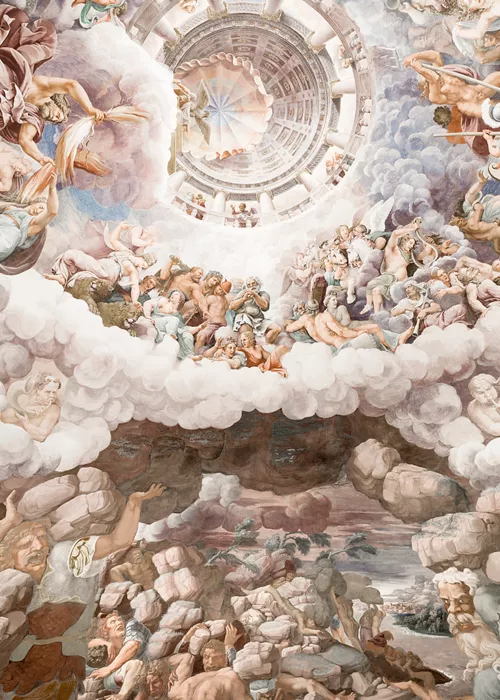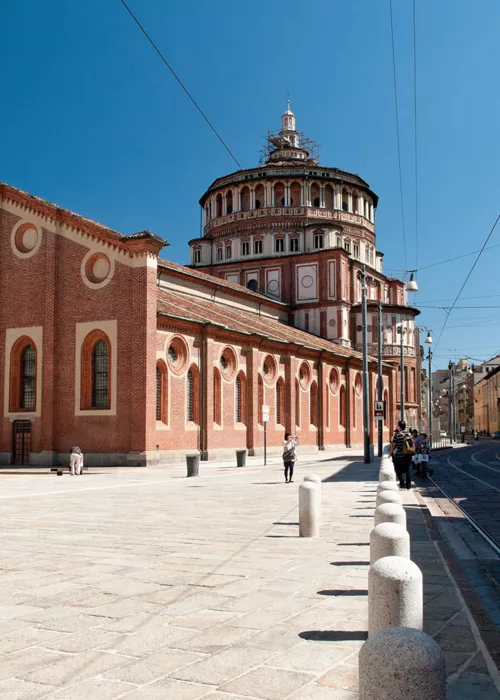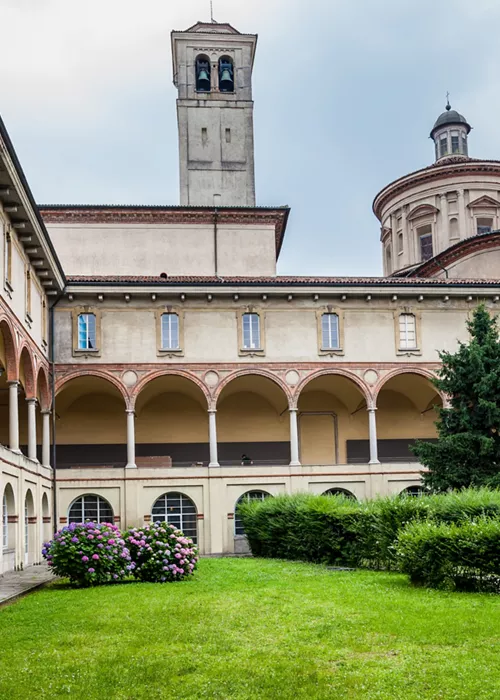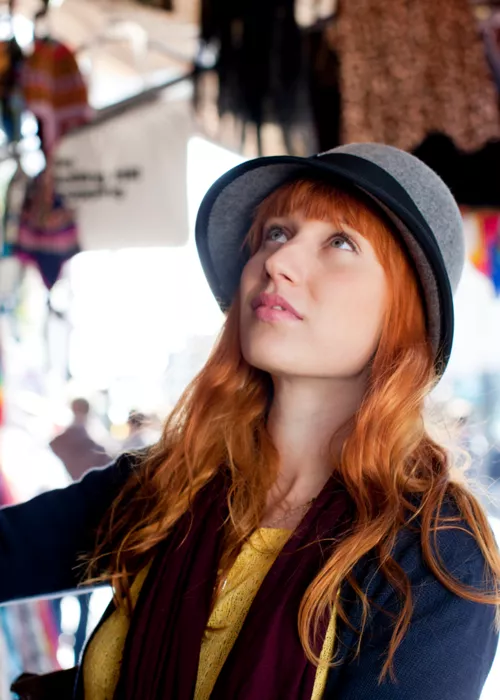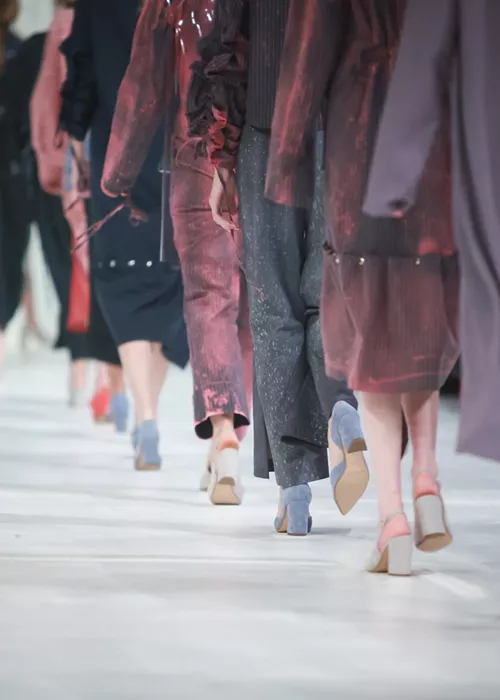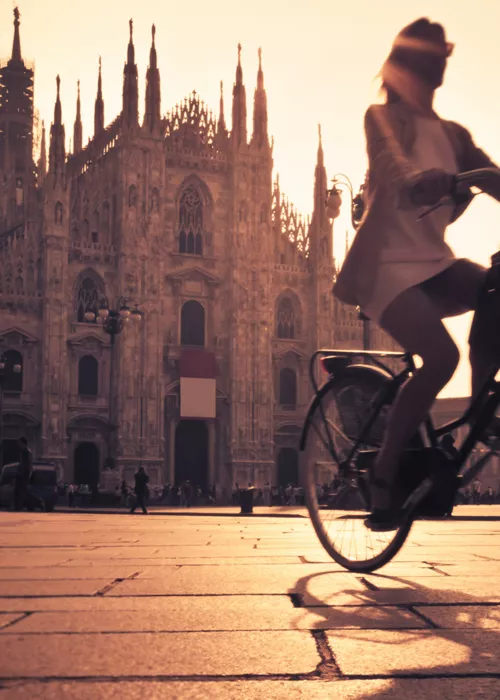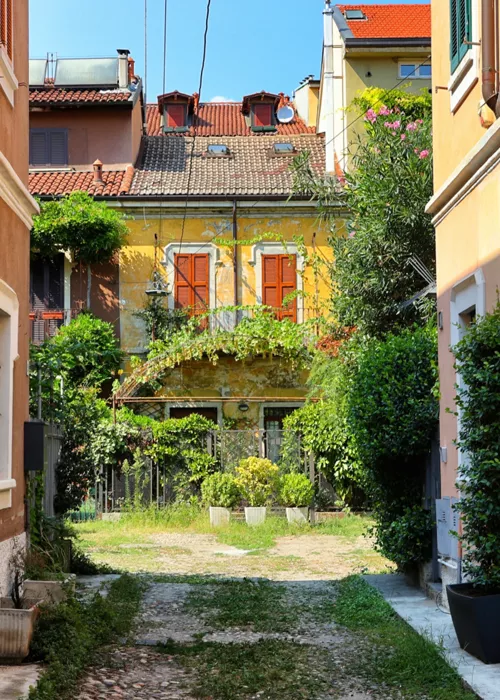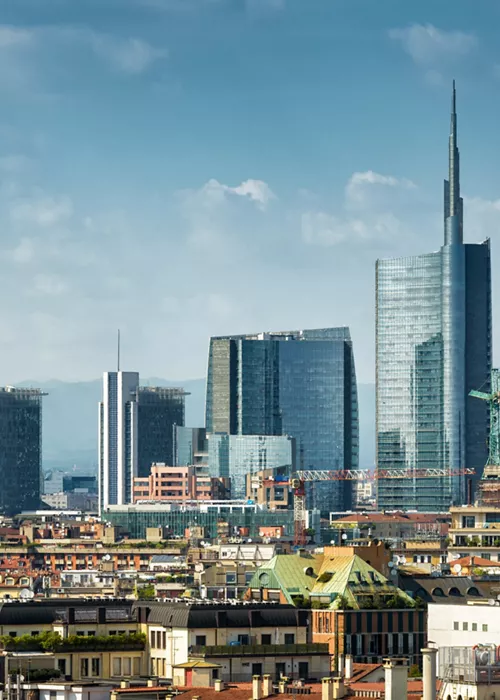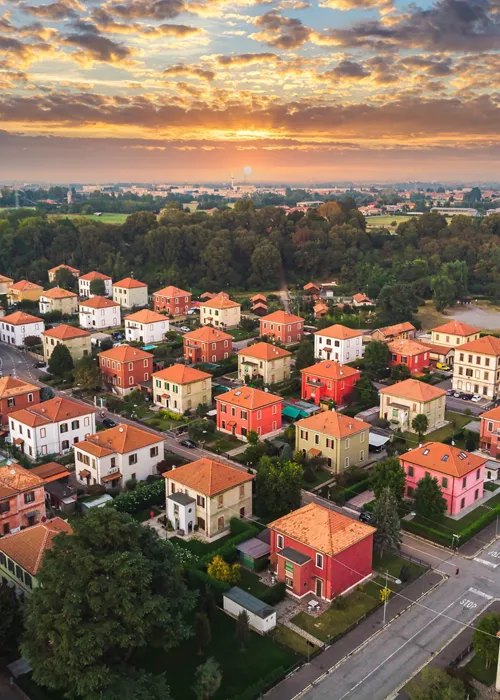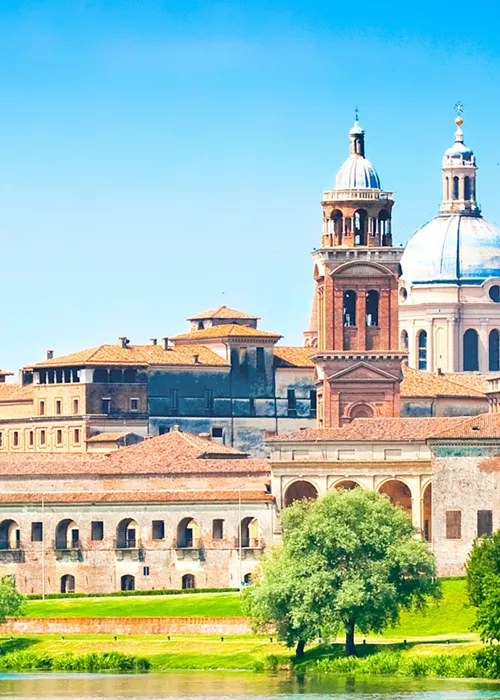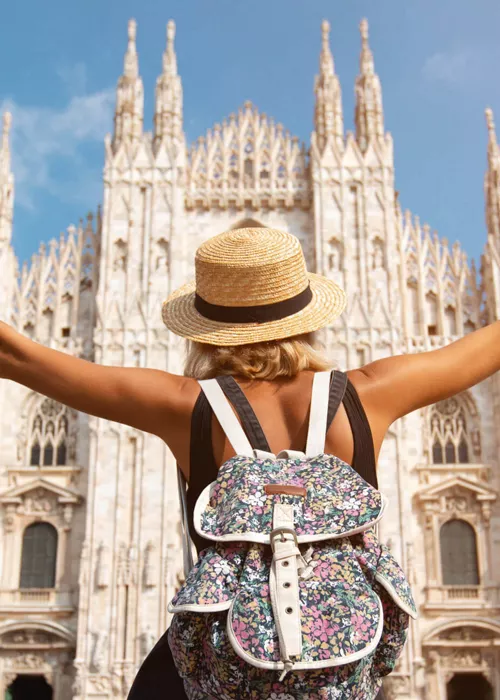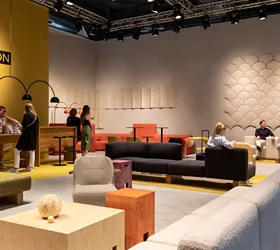In Milan, art and design meet at the Triennale
2 minutes
Nestled in the verdant Parco Sempione, right in the centre of Milan, the Triennale Design Museum has been an indispensable international cultural institution since it was founded in 2007.
It is characterised by a dialogue between the worlds of design and applied arts.
The museum is housed in the Palazzo dell'Arte, built in the 1930s and later donated to the city by the Bernocchi family to host the International Exhibition of Modern Decorative and Industrial Arts and Modern Architecture. Or, in a few words, the triennials, which have been organised every three years since 1933 in 12,000 square metres of exhibition halls and public spaces.
Two spaces, two masters: Italo Rota and Antonio Citterio
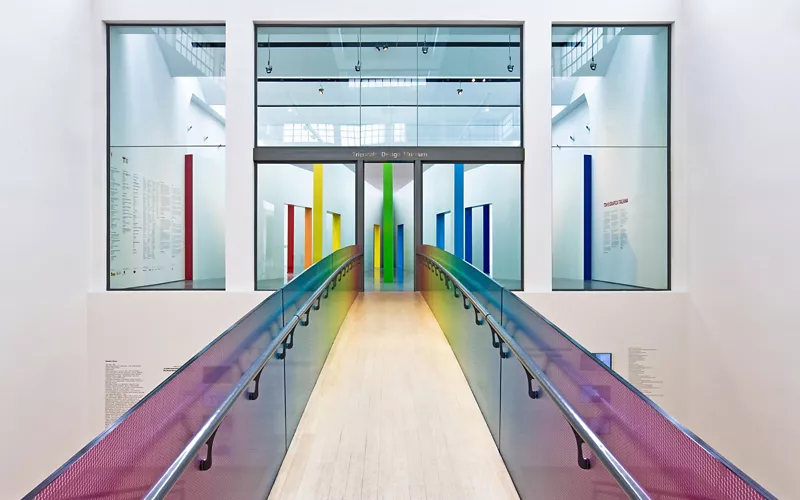
When entering the museum, there are two main spaces: the Agora Theatre, designed by Italo Rota, and the CreativeSet, designed by Antonio Citterio. The first, made entirely of wood, is designed to host workshops, seminars, events, conferences, and performances. The second is the space where temporary exhibitions and events dedicated to contemporary design take place.
On display 1,600 objects that have made Italian design history
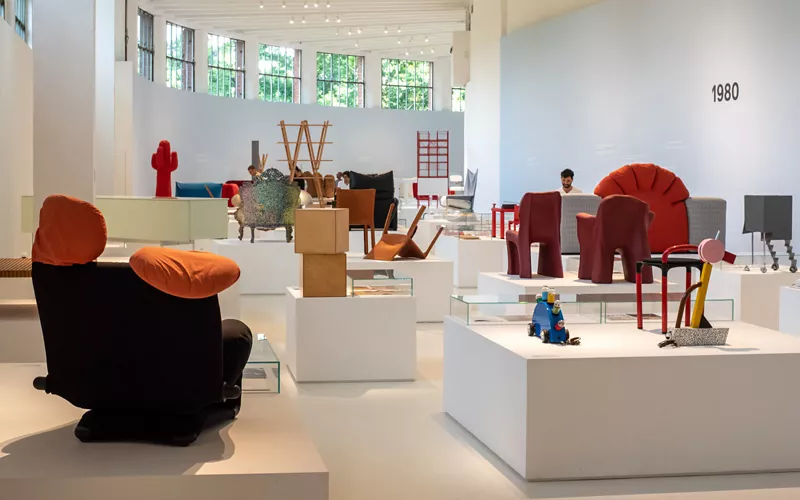
The permanent collection includes a selection of over 1,600 Italian design objects from 1927 to present day, over 300 models from the Giovanni Sacchi Collection, over 3,000 drawings by Alessandro Mendini, over 500 graphic artefacts, photographic archives, 60 garments and patterns from the Nanni Strada Collection, 1,265 books, materials and documents, 566 drawings and graphic designs from the Sirio Galli Collection and graphic materials on Italian design from the 1970s to 1990s.
Also worth mentioning is the Art Theatre, located in the basement and designed by Gualtiero Galmanini with Giovanni Muzio. Built as a real, functioning amphitheatre with 499 seats, it is the venue for the most interesting experimental art and film screenings.
The focus on the performing arts gave life to FOG Triennale Milano Performing Arts, Triennale's festival dedicated to the most engaging expressions of theatre, dance, performance and music with a strong international vocation, which has been taking place since 2018.
Outside, de Chirico's Mysterious Baths

Outside the Palazzo dell'Arte is the Giancarlo de Carlo Garden, which houses the works of great artists and designers, such as the Bagni Misteriosi, created by Giorgio de Chirico in 1973 for the 15th Triennale, Il Teatro dei Burattini by Alessandro and Francesco Mendini and Le Signore chairs by Gaetano Pesce.
For children, workshops and podcasts
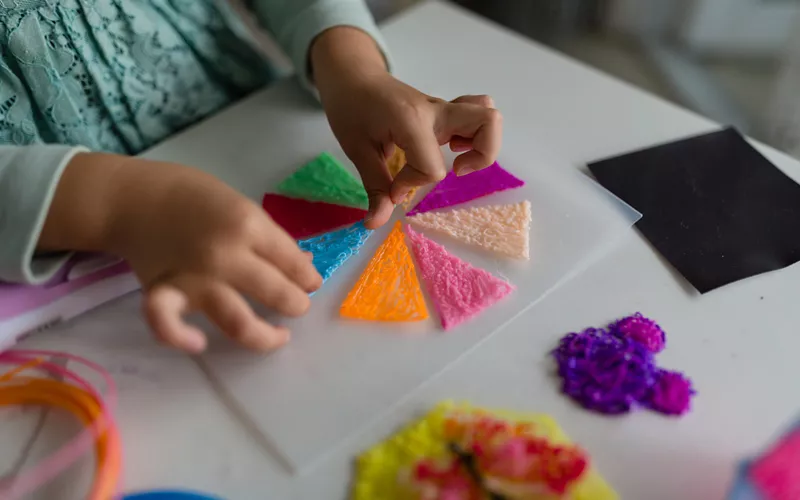
If you are visiting with children, don't worry: for them there are a series of workshops, guided tours, albums, podcasts and activities also available online, to bring them closer to the world of design in a fun way.
Also a dance hall, where Jimi Hendrix performed
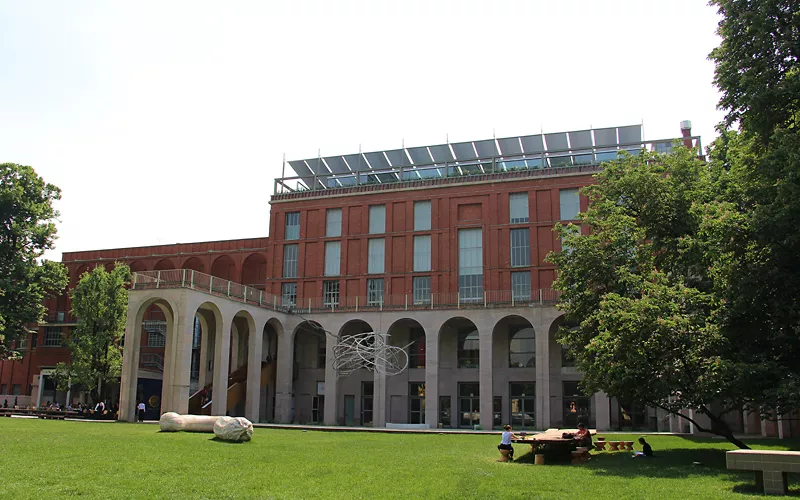
One thing that not everyone knows is that the Palazzo dell'Arte hides a dance hall with an adjoining garden, today's Old Fashion discotheque, which in the 1960s was considered a branch of the well-known Roman club Piper. Some of the biggest names in music have performed here, including Jimi Hendrix, who in June 1968 on his first and last trip to Italy filled the venue and all the gardens outside with crazed fans.

